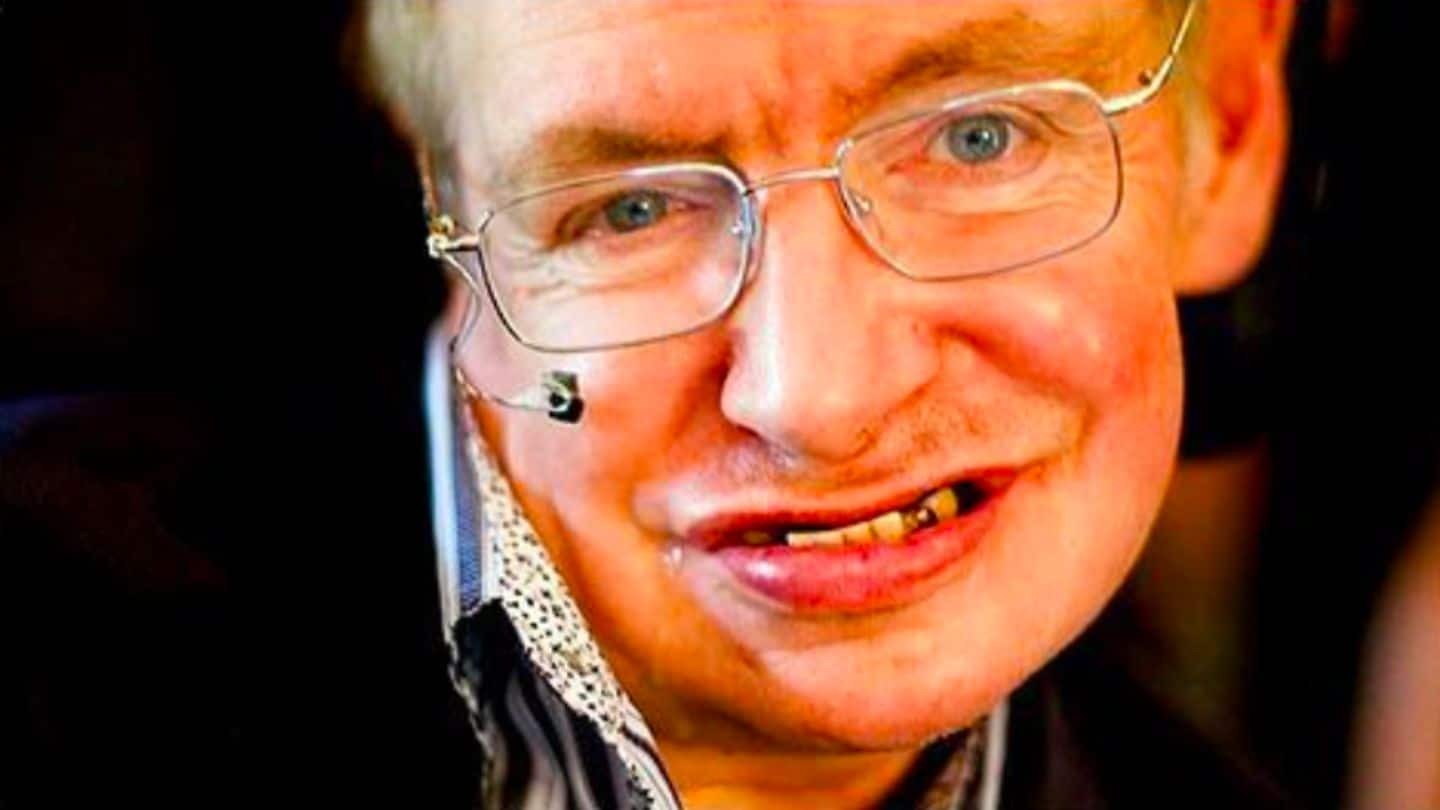
Stephen Hawking to rest in Westminster Abbey near Newton, Darwin
What's the story
The ashes of renowned British physicist Stephen Hawking will be interred in Westminster Abbey near the graves of celebrated scientists Isaac Newton and Charles Darwin. Being allowed a resting place inside Westminster Abbey is a rare honor. The last scientists to be buried there were nuclear physicist Ernest Rutherford (1937) and Joseph John Thomson, the discoverer of electrons (1940). Here's more.
Context
Hawking died on March 14. He was 76
Hawking, known for shaping modern cosmology, died at his Cambridge home on March 14, aged 76. Diagnosed with degenerative motor neurone disease at 21, he spent his life on a wheelchair, demystifying black holes, the nature of time and the origin of the universe. The author of A Brief History of Time, he famously communicated through a voice synthesizer and by moving his eyebrows.
In memoriam
Westminster Abbey to organize a Thanksgiving service for Hawking
Westminster Abbey, the resting place of most iconic Britons over generations, on Tuesday announced that it would organize Service of Thanksgiving later this year to ceremoniously inter Hawking's ashes. "It is entirely fitting that the remains of Professor Stephen Hawking are to be buried in the Abbey, near those of distinguished fellow scientists," John Hall, Westminster's Dean, said in a statement.
Do you know?
Darwin died 155 years after Newton
Notably, Newton, widely credited for formulating the law of universal gravitation and laying down the principles of modern mathematics, was buried in Westminster in 1727. Darwin, who gave the world the theory of evolution, was laid near Newton 155 years later in 1882.